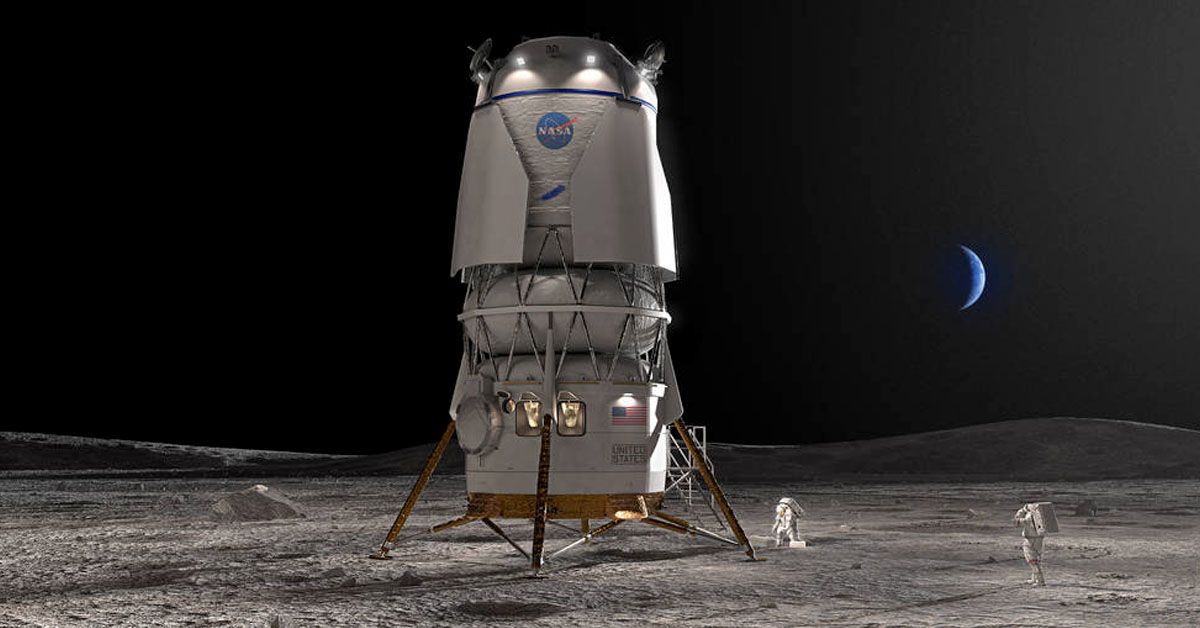In this exciting era, we're talking about a sustainable human presence on the moon, scientific discoveries, and even preparation for future missions to Mars. This is the Artemis program, NASA's ambitious initiative that could fundamentally alter our relationship with the cosmos.
But NASA isn't going it alone. It has sought out partners, and pioneers ready to brave the challenges of creating a new home away from home. One such partner is Blue Origin, a company founded by Jeff Bezos, which is set to take a massive leap not just for its growth but for humanity's lunar aspirations.
NASA and Blue Origin
The National Aeronautics and Space Administration (NASA) has announced Blue Origin as the second provider for the Artemis lunar lander. That's right, Jeff Bezos' Blue Origin, headquartered in Kent, Washington, is joining the lunar exploration club and their role is nothing short of monumental!
Now, what's this all about, you ask? Blue Origin is slated to develop a human landing system, affectionately named the Blue Moon lander. The moon has always been a source of wonder and mystery, and the main goal is to unravel some of these mysteries. The mission seeks to explore more of the moon, make exciting scientific discoveries, and prepare for future missions to Mars - because why stop at the moon when you have the entire cosmos beckoning?
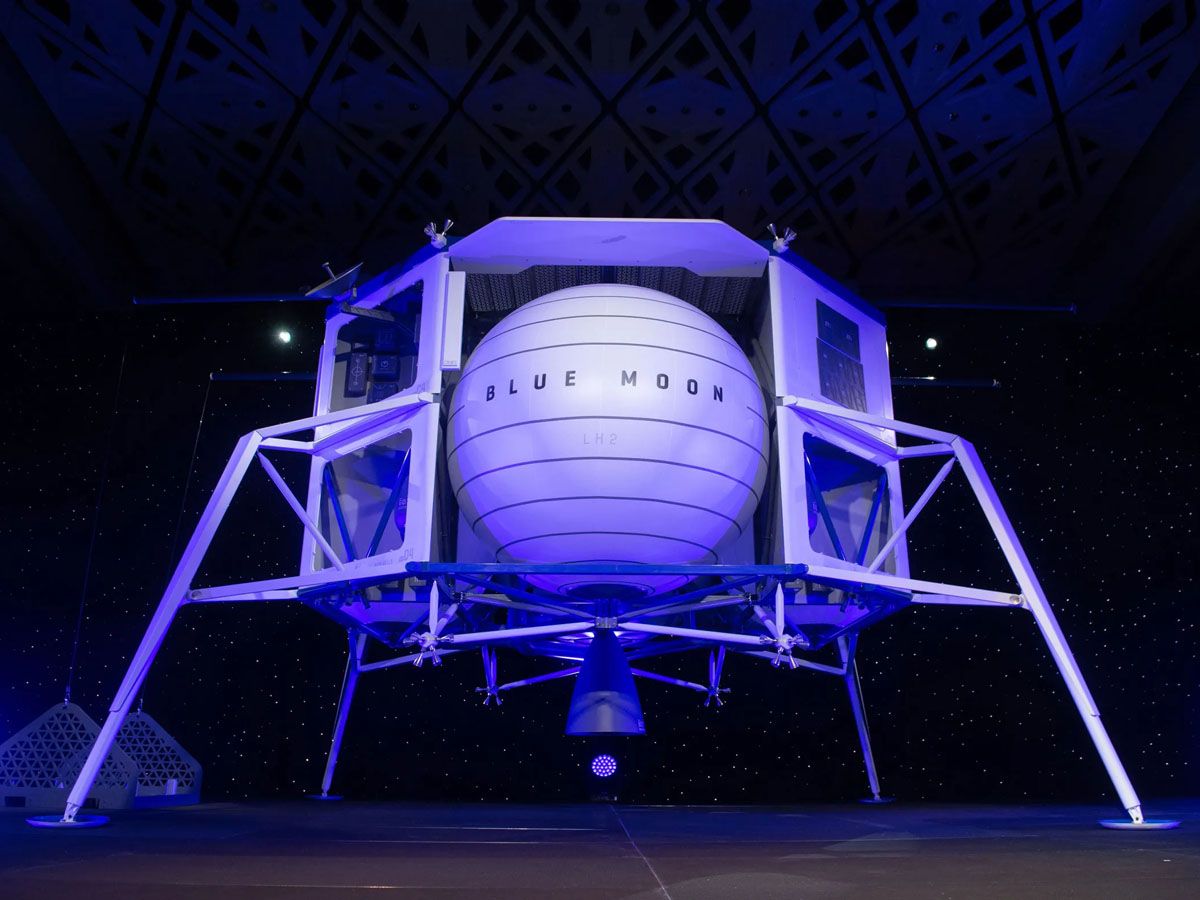
Now let's get into the nitty-gritty. The deal between NASA and Blue Origin is not a small one by any measure. The contract is valued at a staggering $3.4 billion. As part of the agreement, Blue Origin will not only develop but also design, test, and verify the lander to ensure it meets all of NASA's stringent requirements. They've got quite a task ahead of them, including an un-crewed demonstration mission before a crewed mission in 2029.
Imagine the excitement, the thrill of this enormous venture! No surprise then that NASA Administrator Bill Nelson was all agog about Blue Origin's involvement. He's not the only one thrilled, though. Lisa Watson-Morgan, the manager of NASA's Human Landing System Program, also emphasized the benefits of competition and commercial capabilities, noting how they could reshape the future of space exploration.
The Artemis V Mission
Okay, let's talk about the Artemis V mission. Picture this: NASA's Space Launch System (SLS) rocket thunders into the sky, carrying the Orion spacecraft with four astronauts aboard. Their destination? The lunar orbit. Once they get there, two of the astronauts will transfer to Blue Origin's lander and travel to the moon's South Pole region for exploration. Now that's what you call a road trip of a lifetime!
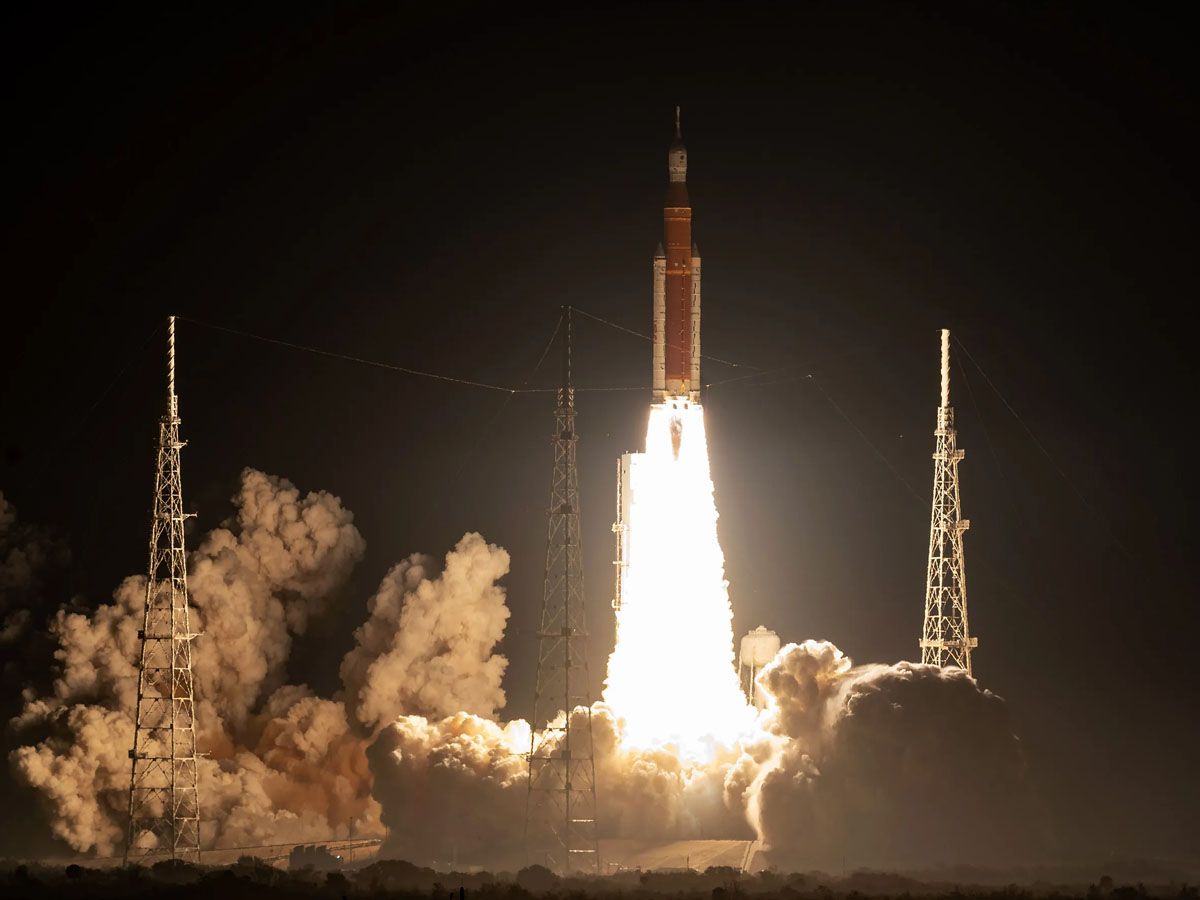
But there's more to this mission than just lunar exploration. The addition of another landing system partner, Blue Origin, in this case is seen as a major booster for competition. This, in turn, can significantly reduce costs, support the lunar economy, and prepare us for Mars missions. The name of the game here is innovation, and competition fuels it.
You may recall that SpaceX was the company chosen for the Artemis III mission's human landing system. The inclusion of Blue Origin for Artemis V expands the sustainable lander capabilities and opens up the field for healthy competition for future lunar missions. This not only ensures regular moon landings but also stimulates innovation in lunar technology.
A Gateway to the Moon and Beyond
The Artemis program is more than a sophisticated space expedition. At its core, Artemis is about inclusivity and scientific discovery. The program aims to send astronauts, including the first woman and person of color, to the moon. It's a revolutionary endeavor to ensure that the face of space exploration truly reflects the diversity of our planet. Moreover, Artemis is also a massive leap towards enriching our scientific knowledge and understanding the economic potential the moon holds.
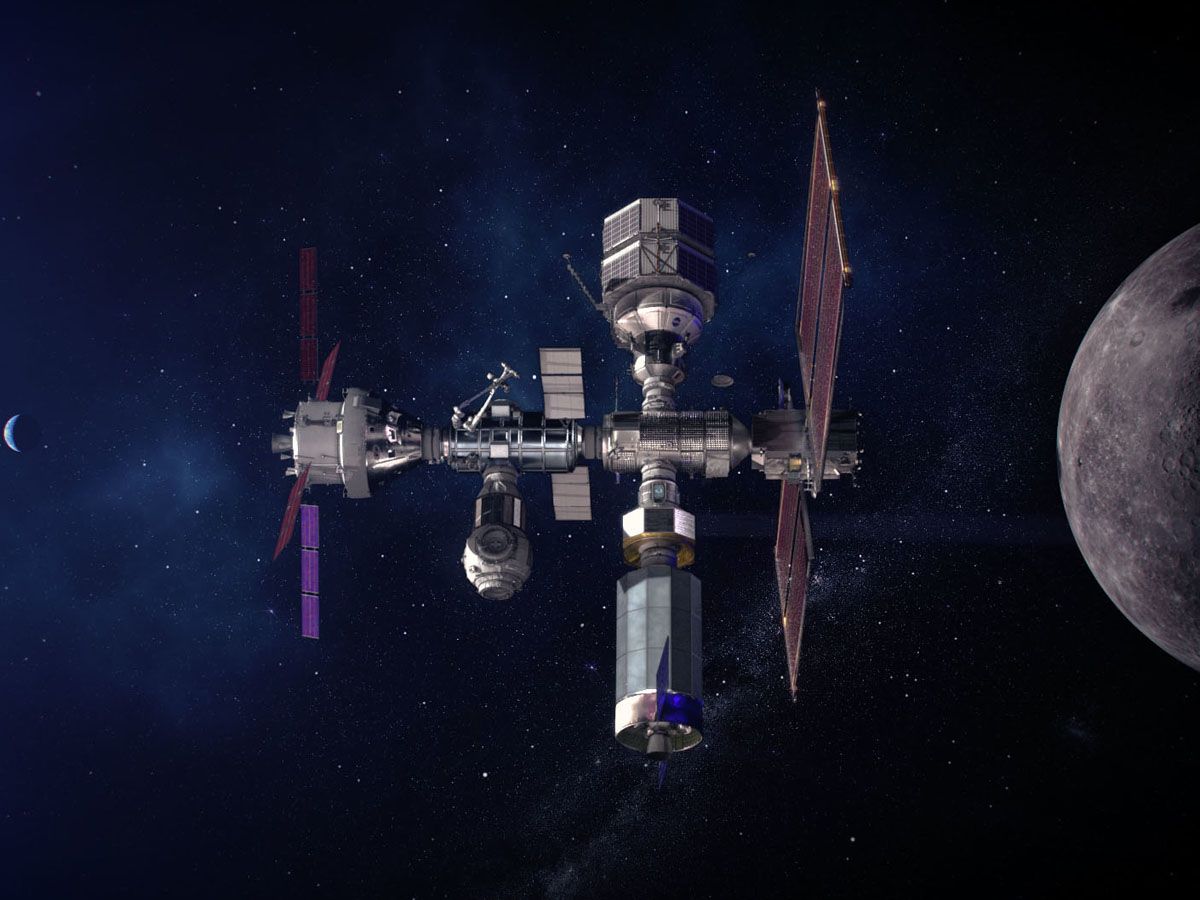
The Artemis program is underpinned by NASA's foundation for deep space exploration, a comprehensive setup that incorporates different elements. This includes the mighty Space Launch System (SLS) rocket, the advanced Orion spacecraft, the lunar orbiting Gateway station, state-of-the-art spacesuits, and novel landing systems. Each of these components serves as an indispensable cog in the machine that is Artemis, driving us further into the realm of deep space exploration.
A Competitive Edge in Lunar Exploration
Bagging a contract from NASA is a big deal, and for Blue Origin, winning this significant contract has implications far beyond the financial. It's a vote of confidence in the company's capabilities and vision. With a contract valued at over $3.4 billion, and Blue Origin planning to invest additional funds beyond this value, we're talking about a commitment that will impact the future of lunar exploration and could potentially shape the trajectory of manned space travel.
This new contract has reignited the competition between Blue Origin and Elon Musk's SpaceX, which had previously won a contract for a lunar variation of its Starship rocket. The rivalry between Bezos and Musk, two titans of industry, each leading the charge in private space exploration, adds an extra layer of intrigue to the entire endeavor. It's a thrilling, high-stakes race to the moon!
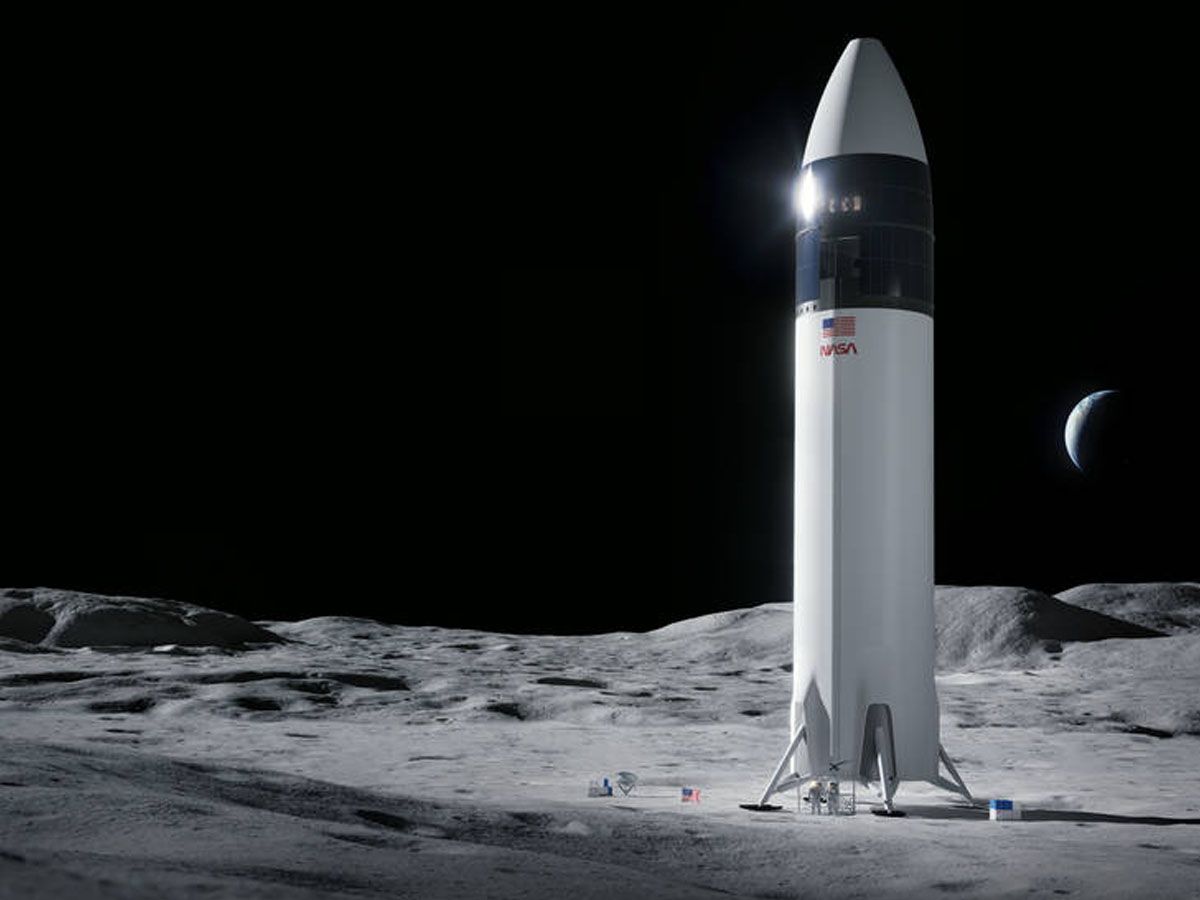
Blue Origin is not a one-man show. It's a symphony of brilliant minds working in harmony. The team boasts powerhouses like Lockheed Martin, Boeing, Draper, Astrobotic, and Honeybee Robotics. Each brings unique strengths and specializations, making Blue Origin a formidable force in this lunar journey.
Of course, Blue Origin wasn't the only contender for the contract. Leidos-owned Dynetics also threw their hat into the ring. Unfortunately for them, they did not secure the contract, but their bid showcased their desire to be part of this pioneering endeavor.
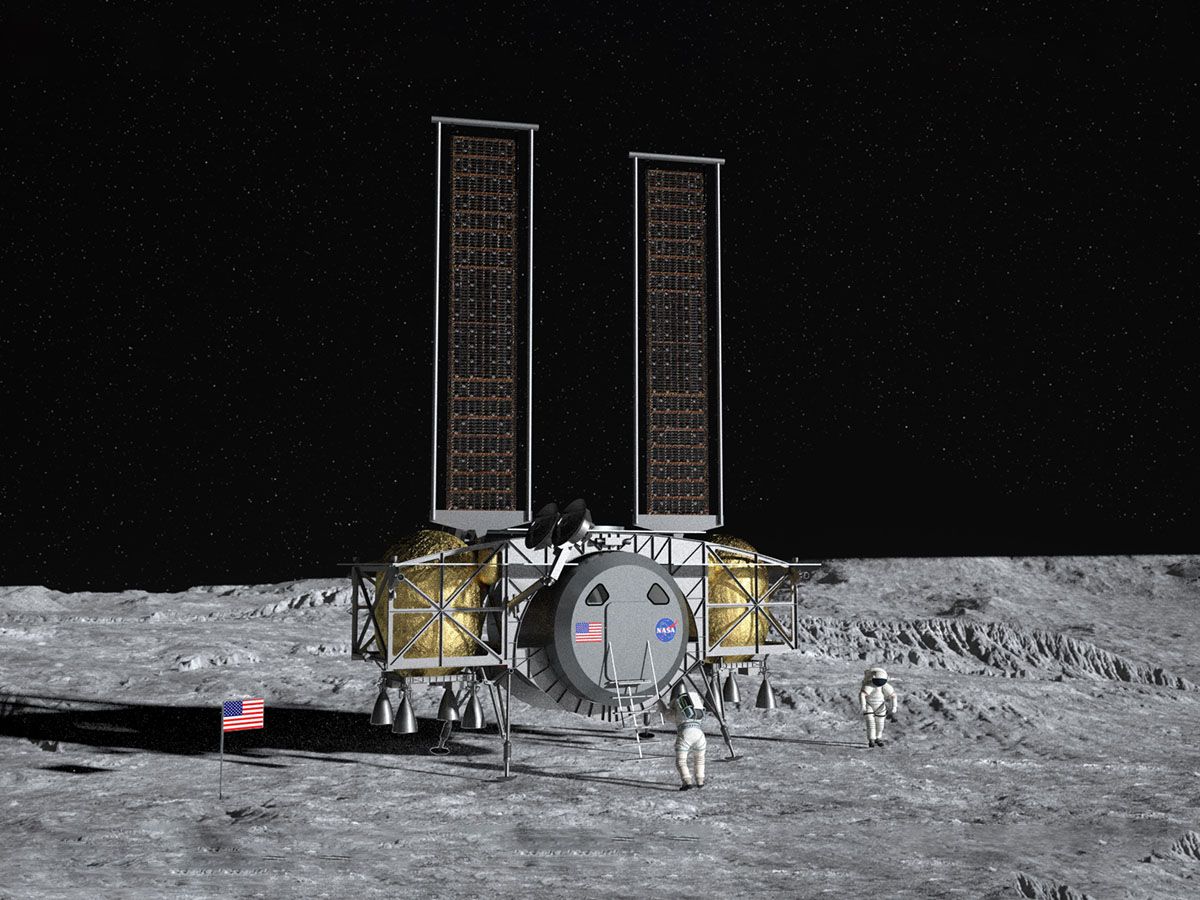
In the course of the selection process, there were other proposals considered by NASA. However, these were deemed non-compliant and hence disregarded. A reminder that in the race to the moon, it's not just about speed but also adhering to standards and specifications!
In the eyes of NASA, Blue Origin's plan shone for various reasons: pathfinder missions, technology maturation, lander capabilities, and a reasonable price tag. However, every rose has its thorns. Weaknesses in communications and scheduling were also noted, highlighting areas for Blue Origin to address and improve. A mixed bag, but overall, Blue Origin came out strong, and the future looks brighter than ever!
